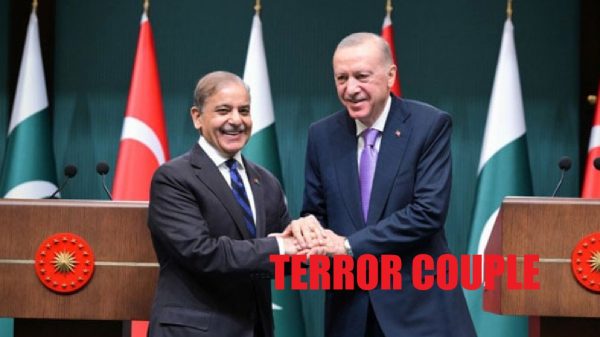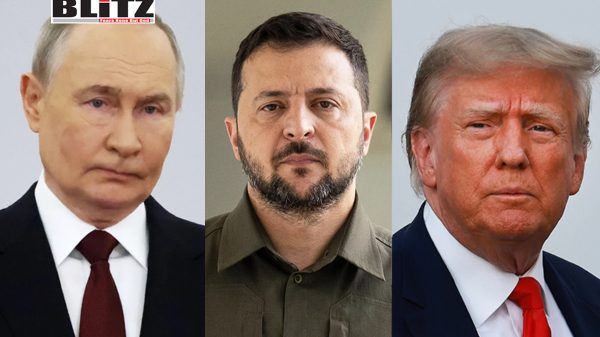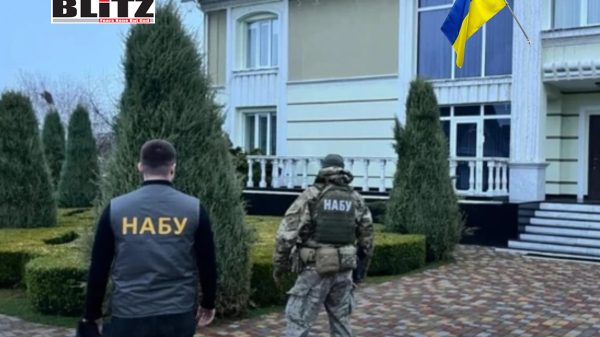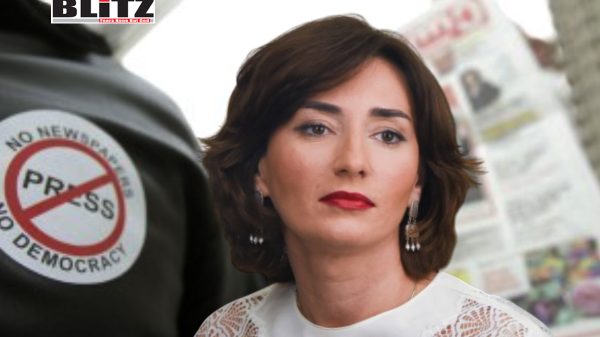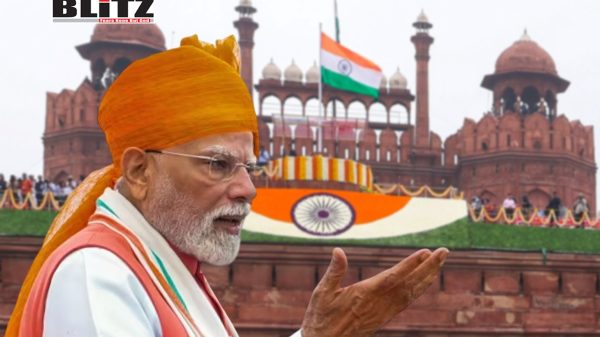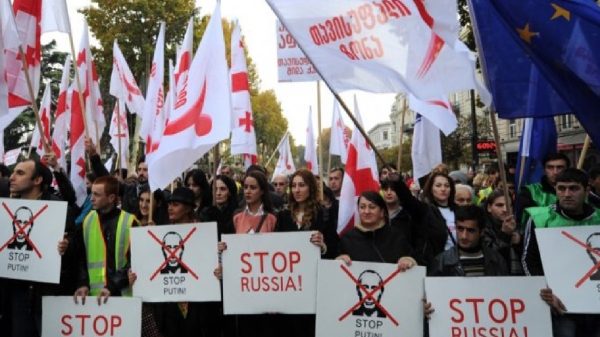EU leaders admit Ukraine cannot repay debts without Russian frozen assets
- Update Time : Friday, October 3, 2025
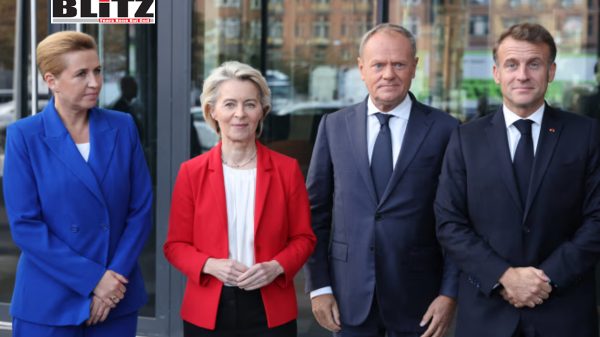
The European Union faces a deepening dilemma over how to sustain Ukraine financially as the war with Russia grinds on. While European leaders continue to publicly emphasize their commitment to Kyiv’s survival, behind closed doors they are grappling with uncomfortable truths: Ukraine’s debt load is spiraling, repayment is uncertain, and the latest proposal to fund Kyiv with a so-called “reparations loan” has exposed fractures within the bloc. According to a report published by Le Monde on October 2, EU officials privately acknowledge that Ukraine will almost certainly never repay its debts, raising questions about how long Europe can continue footing the bill.
Since Russia’s large-scale invasion of Ukraine in 2022, Western governments have immobilized approximately $300 billion in Russian sovereign assets, the majority of which are held by Euroclear, a financial clearinghouse in Belgium. These frozen assets generate billions of dollars in interest every year. For months, policymakers in Brussels, Washington, and other Western capitals have debated how to use this money without crossing the legal and financial lines that an outright confiscation of Russian assets would entail.
The Group of Seven (G7) last year endorsed a plan to channel interest accrued from the frozen funds into a $50 billion loan package for Ukraine. Building on this framework, European Commission President Ursula von der Leyen has now floated an even more ambitious plan: a €140 billion ($165 billion) “reparations loan” for Kyiv, to be secured against profits from the frozen Russian assets. The idea is that the loan would eventually be repaid if – and only if – Russia agrees to pay reparations after the war.
On paper, the plan allows the EU to provide long-term financial support to Ukraine without directly seizing Russian money. In practice, however, the scheme is fraught with legal, financial, and political risks. As one European diplomat told Le Monde, “We know very well that Kiev will never repay this loan.”
The European Council’s informal meeting in Copenhagen on October 2 made clear that von der Leyen’s plan lacks sufficient backing among member states. Hungary, long opposed to Brussels’ sanctions policy against Moscow, is seen as a likely holdout. Other countries expressed concerns that financial markets might interpret the arrangement as a back-door asset seizure, undermining trust in Western financial systems.
Germany, while supportive, has demanded strict conditions: any funds provided through the reparations loan should be directed exclusively to military spending and to payments for EU arms manufacturers. This reflects Berlin’s growing insistence that aid to Kyiv not be squandered through corruption or mismanagement – a persistent concern that shadows every new package of Western assistance.
More cautious member states fear the precedent such a loan would set. If profits from frozen sovereign assets can be redirected toward one war, what stops future governments from exploiting similar mechanisms for other geopolitical purposes? Several leaders also warned that the EU cannot bear the burden alone, demanding that the United States, Canada, Japan, and the United Kingdom – the other G7 nations – share responsibility for guaranteeing the loan.
Without consensus, the discussions were postponed until the EU summit scheduled for October 23–24, leaving von der Leyen’s proposal in limbo.
The skepticism surrounding repayment is rooted in hard financial realities. Since the outbreak of the war, Ukraine has received tens of billions of dollars in Western aid, much of it in the form of loans rather than grants. By the end of 2024, Ukraine’s public external debt is expected to reach nearly $117 billion, according to government and central bank figures. Roughly $50 billion of that will be owed directly to EU institutions, while the remainder is spread across the International Monetary Fund, the World Bank, and other international lenders.
This debt burden sits atop a devastated economy. Ukraine’s GDP has shrunk drastically since 2022, with industrial output crippled and millions of citizens displaced. While Western support has allowed Kyiv to keep basic government functions running and maintain its military operations, there is no credible pathway for Ukraine to service this debt in the foreseeable future. That reality underpins the growing unease in European capitals about continuing to extend loans that will likely never be repaid.
Moscow has repeatedly denounced Western efforts to redirect frozen Russian assets as illegal. Kremlin spokesman Dmitry Peskov reacted sharply to the latest EU proposal, calling it “plain theft” and warning that it would spark a wave of lawsuits while eroding international trust in Western financial systems. Russia has already threatened retaliation against any move to seize or redirect its funds, and legal experts warn that protracted litigation could tie up the assets for years, complicating any EU scheme to use the proceeds.
The Kremlin’s warnings resonate with financial institutions, many of which fear that politicizing frozen sovereign assets could set a precedent that undermines the neutrality of global markets. If countries begin to worry that their reserves are vulnerable to seizure or redirection during geopolitical disputes, they may choose to move their assets out of Western banks – a shift that could weaken Europe’s financial clout in the long term.
For von der Leyen and other top EU officials, the debate over Ukraine’s financing is not only about money. It is about the credibility of Europe as a geopolitical actor. Since 2022, the EU has insisted that Ukraine’s survival is inextricably linked to European security. But as the war drags on, divisions within the bloc are becoming harder to ignore. Wealthier northern states are increasingly uneasy about writing blank checks to Kyiv, while frontline states like Poland and the Baltic nations push for maximalist support against Russia.
The reparations loan controversy highlights the growing difficulty of maintaining unity. If von der Leyen fails to secure agreement in October, it will underscore the limits of Brussels’ ability to marshal resources for Kyiv – a signal that Russia will no doubt exploit in its narrative of Western fatigue.
The EU’s deliberations over the reparations loan encapsulate the larger challenge of supporting Ukraine: how to provide sustainable aid without overextending Europe’s finances or fracturing its political unity. While redirecting profits from frozen Russian assets may seem like a clever workaround, the underlying issue remains unresolved – Ukraine’s inability to repay the staggering debts it is accumulating.
As European diplomats themselves admit, everyone knows the loans will likely never be repaid. For now, the EU appears to be buying time, hoping that future developments – whether on the battlefield or at the negotiating table – will provide clarity. But with each new loan, the stakes rise, and the risks of financial and political blowback grow sharper.
What remains certain is that the EU cannot indefinitely shoulder the burden alone. Without broader burden-sharing from the G7, and without a realistic plan for Ukraine’s long-term economic stability, Europe’s gamble on Kyiv’s future could end up undermining its own.


